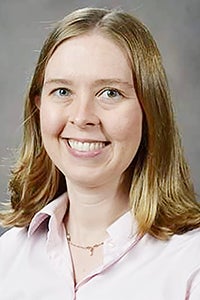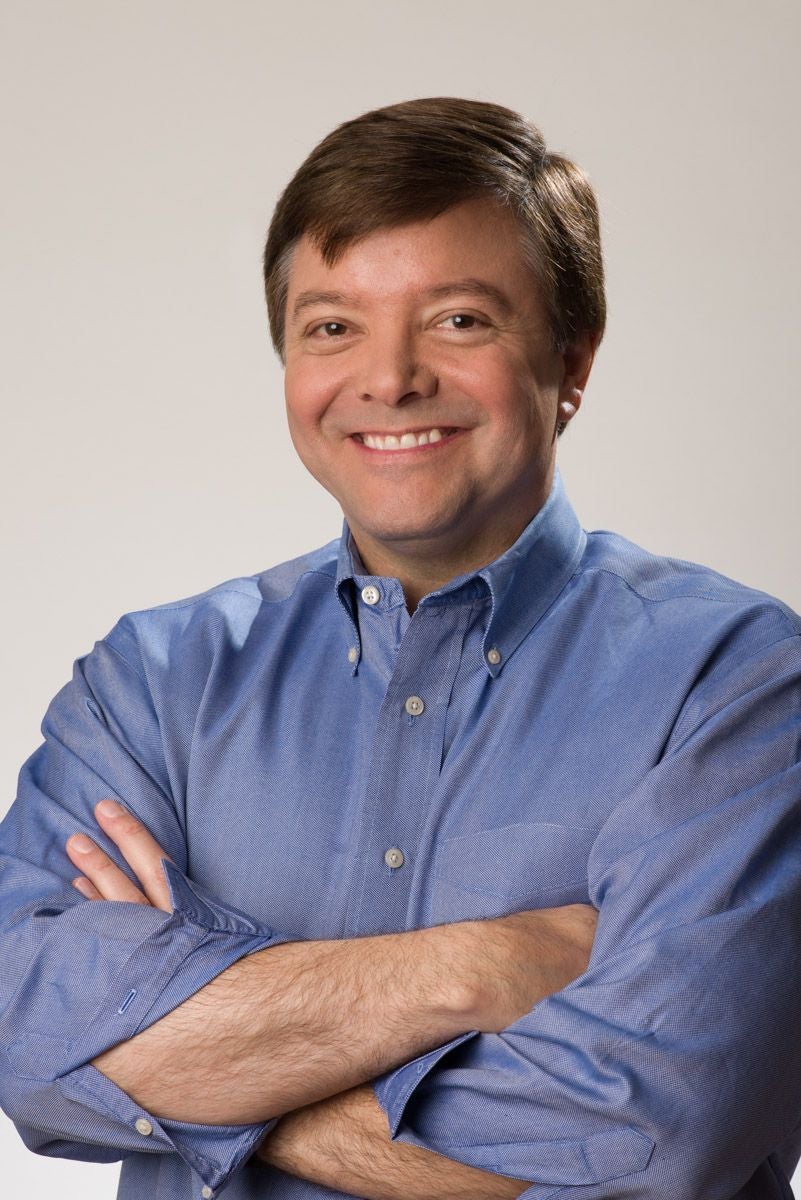Ferguson: Follow this advice to properly fertilize your landscape beds
Published 11:02 am Friday, February 11, 2022

- Mary Helen Ferguson
|
Getting your Trinity Audio player ready...
|
It sometimes happens that landscape beds are installed and, perhaps mulch is refreshed and pruning is performed from time to time, but little attention is given to replacing nutrients that have leached out of the soil with rain or irrigation water, or been removed in pruning waste. Over time, plants become less vigorous.
Late winter and early spring, as the aboveground parts of plants start growing again, are good times to fertilize many plants. This includes shrubs, small trees, and herbaceous perennials in landscape beds.
Taking a soil test and getting the results is preferable for knowing what amounts of different nutrients are needed and if soil pH needs to be adjusted. However, if there is no reason to believe that soil nutrient levels might be excessive, an application of a “complete” fertilizer — one containing nitrogen, phosphorus, and potassium — can be made at a moderate rate without one.
Fertilizing at a rate of one pound of actual nitrogen per 1,000 square feet, or 0.1 pound per 100 square feet, is a rule of thumb for maintaining landscape ornamentals.
For example, you could use 0.7 pound of a 15-9-12 (15-percent nitrogen) product, 0.8 pound of a 12-6-6 product (12-percent nitrogen), or one pound 10-10-10 (10-percent nitrogen), per 100 square feet of bed area. These are just a few of many possible fertilizers that could be used.
Mixed fertilizers generally have a density of about one pound per pint, or per two cups, so 0.5 pound of fertilizer would be about one cup of fertilizer.
For landscape beds, a slow-release fertilizer that’s coated in such a way that nutrients are released slowly over time is preferred to one like 10-10-10 that’s readily soluble.
While it will soon be time to fertilize landscape beds, wait until April to apply any nitrogen-containing fertilizer to warm-season turfgrasses. Fertilizing turfgrass too early can promote winter weed growth and predispose grass to the fungal disease large patch.
Let me know if you have questions.
Dr. Mary Helen Ferguson is an Associate Extension Agent with the LSU AgCenter, with horticulture responsibilities in Washington and Tangipahoa Parishes. Contact Mary Helen at mhferguson@agcenter.lsu.edu, 985-839-7855 (Franklinton) or 985-277-1850 (Hammond).




